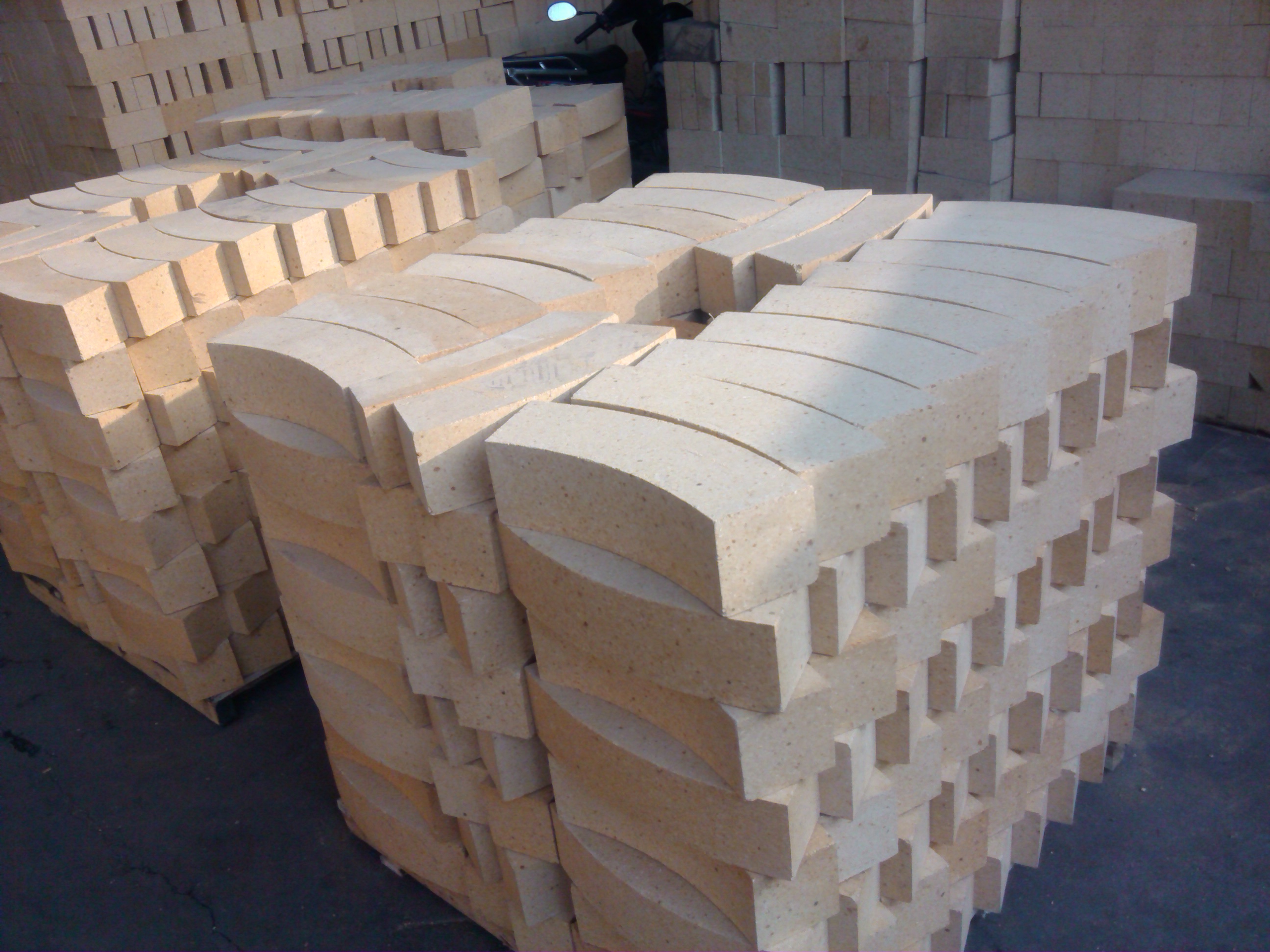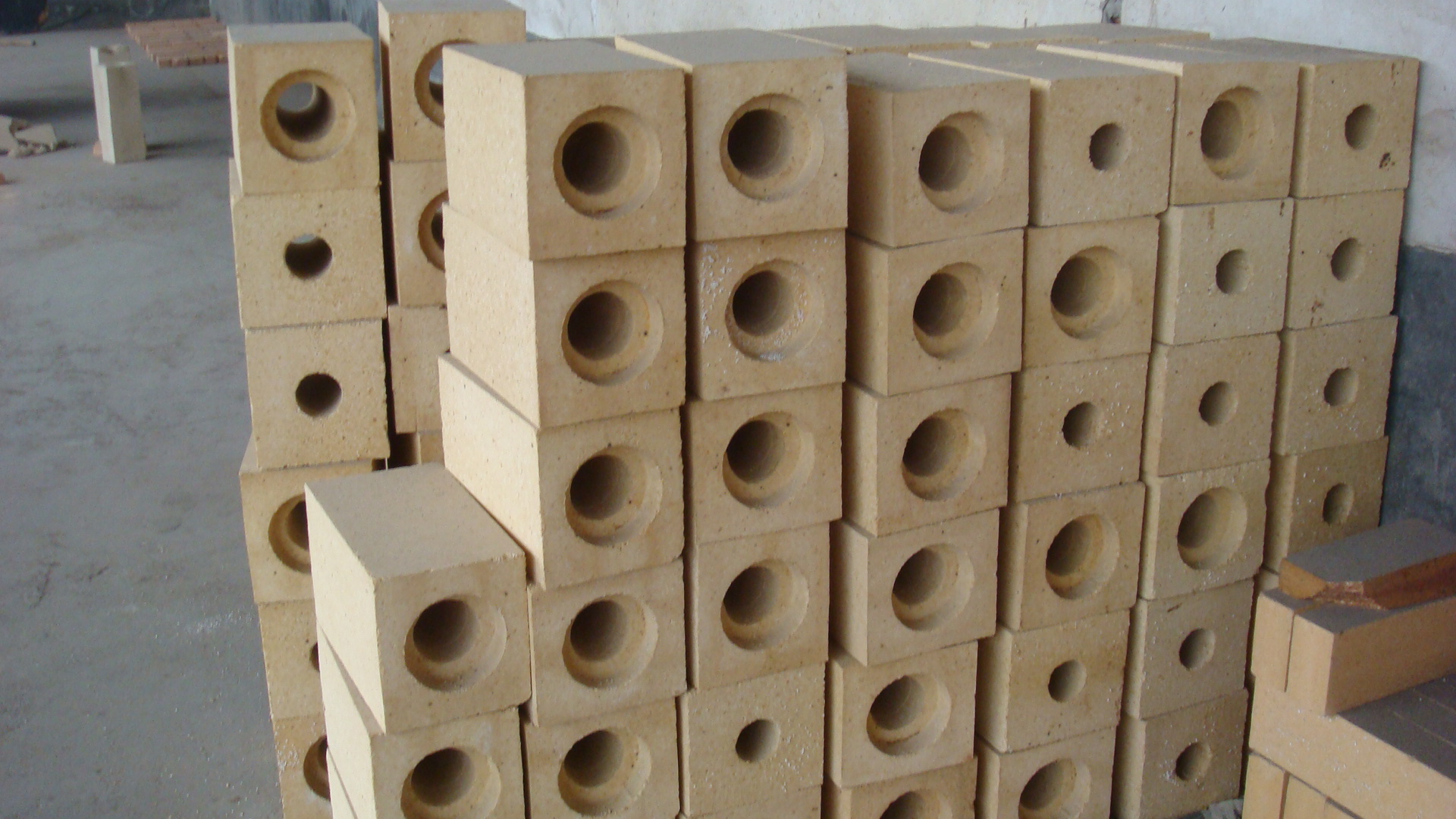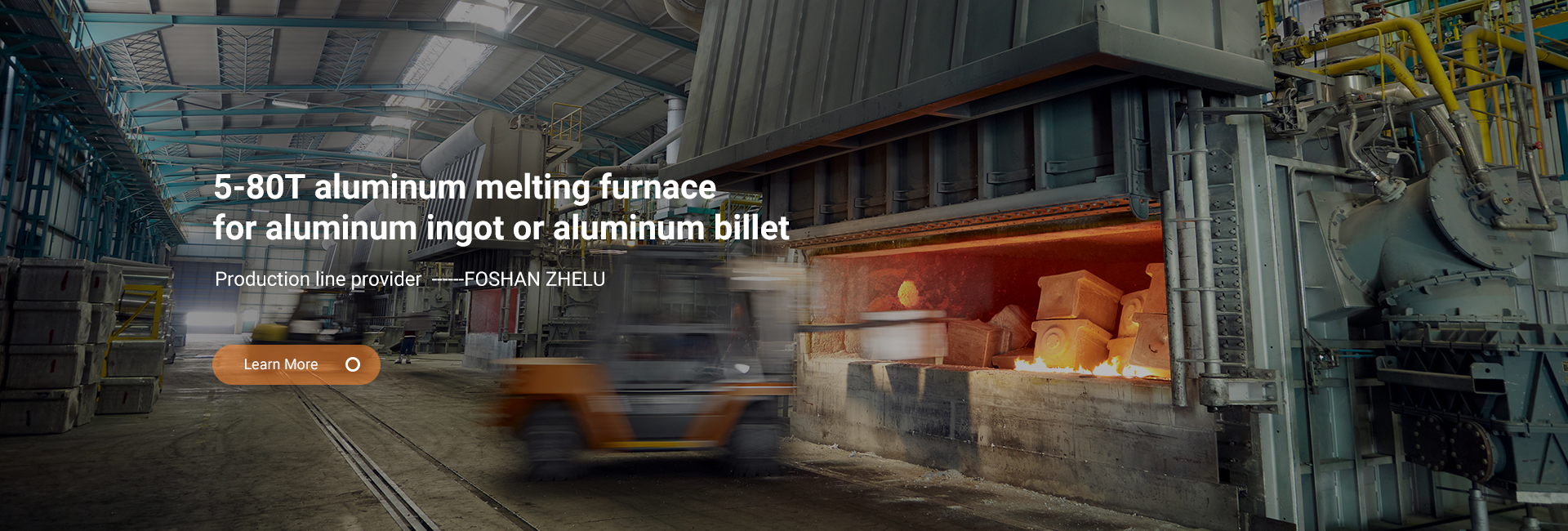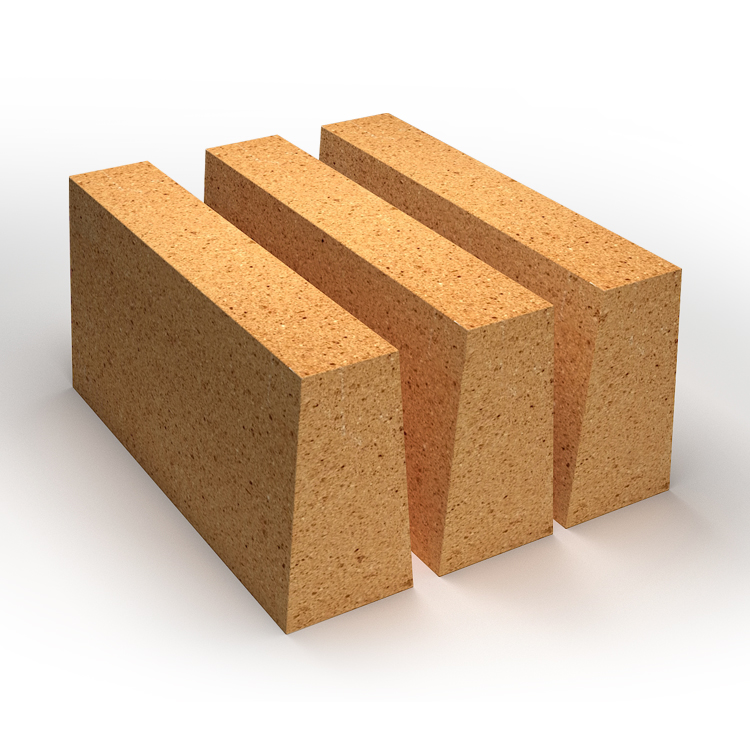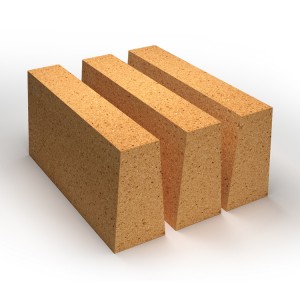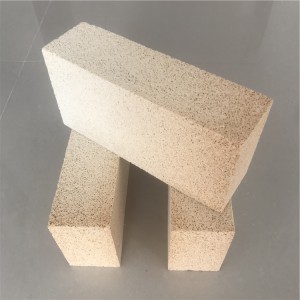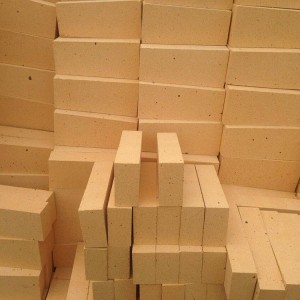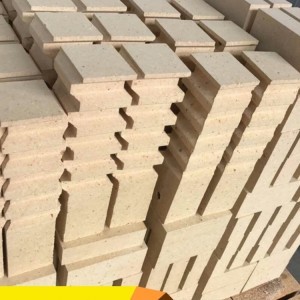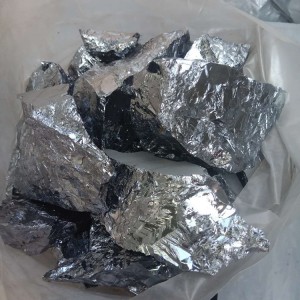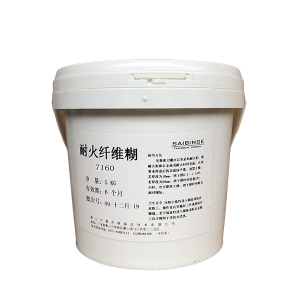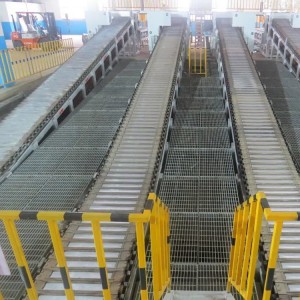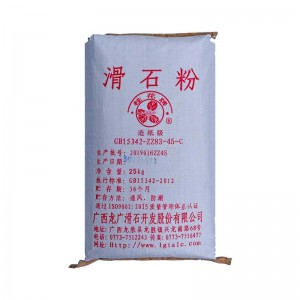High temperature resistant refractory brick for Kilns, furnaces
According to the different components of refractory bricks, they can be divided into five categories, namely: silicon-alumina series refractory bricks, alkaline series refractory bricks, carbon-containing refractory bricks, zirconium-containing refractory bricks, and heat-insulating refractory bricks.
Any furnace is not built with only one kind of refractory bricks, it needs a combination of different refractory bricks.
(1)Silica bricks refer to refractory bricks containing more than 93% SiO2, which are the main varieties of acid refractory bricks. It is mainly used for masonry coke ovens, but also for the vaults and other load-bearing parts of thermal kilns of various glass, ceramics, carbon calciners, and refractory bricks. It is used in thermal equipment below 600°C and with large temperature fluctuations.
(2)Clay bricks. Clay bricks are mainly composed of mullite (25% to 50%), glass phase (25% to 60%), and cristobalite and quartz (up to 30%). Usually, hard clay is used as raw material, clinker is calcined in advance and then mixed with soft clay, A small amount of water glass, cement, and other binders can also be added to make unburned products and unshaped materials. It is a commonly used refractory brick in blast furnaces, hot blast stoves, heating furnaces, power boilers, lime kilns, rotary kilns, ceramics, and refractory brick firing kilns.
(3) High-alumina refractory bricks. The mineral composition of high-alumina refractory bricks is corundum, mullite, and glass phases. The raw materials are high-alumina bauxite and sillimanite natural ore, and there are also fused corundum, sintered alumina, synthetic mullite, and clinker calcined with alumina and clay in different proportions. It is mostly produced by the sintering method. But the products also include fused cast bricks, fused bricks, unburned bricks, and unshaped refractory bricks. High alumina refractory bricks are widely used in iron and steel industry, non-ferrous metal industry, and other industries.
(4) Corundum refractory bricks, corundum bricks refer to a kind of refractory bricks with an AL2O3 content of not less than 90% and corundum as the main phase, which can be divided into sintered corundum bricks and fused corundum bricks
(5) High-alumina heat-insulating light-weight refractory bricks. It is an insulating light refractory brick with bauxite as the main AL2O3 content of not less than 48%. The production process adopts the foam method, and the burn-out addition method can also be used. High-alumina heat-insulating lightweight refractory bricks can be used to build heat-insulating layers and places where there is no strong high-temperature molten material erosion and scouring. When in direct contact with the flame, the surface contact temperature of general high-alumina heat-insulating refractory bricks shall not be higher than 1350℃. Mullite heat-insulating refractory bricks can directly contact the flame and have the characteristics of high-temperature resistance, high strength, and remarkable energy-saving effect. It is suitable for the lining of a pyrolysis furnace, hot blast furnace, ceramic roller kiln, electric porcelain drawer kiln, and various resistance furnaces.
(6) Clay heat-insulating lightweight refractory bricks are heat-insulating refractory bricks with AL2O3 content of 30% to 48% made of refractory clay as the main raw material. Its production process adopts the burn-out plus character method and foam method. Using refractory clay, floating beads, and refractory clay clinker as raw materials, adding binder and sawdust, through batching, mixing, molding, drying, and firing, the product with a bulk density of 0.3 to 1.5g/cm3 is obtained. The output of clay heat-insulating bricks accounts for more than half of the total output of heat-insulating refractory bricks.
Mainly used in blast furnaces, hot blast furnaces, heating furnaces, iron furnaces, coke ovens, carbon furnaces, ladle, ladle casting systems, boilers, cement kilns, glass kilns, tunnel kilns, rotary kilns, and shaft kilns and other kilns Furnace lining and thermal equipment are widely used in metallurgy, chemical industry, ceramics, coking, carbon, casting, machinery, electric power, building materials, petroleum, and other industries.
